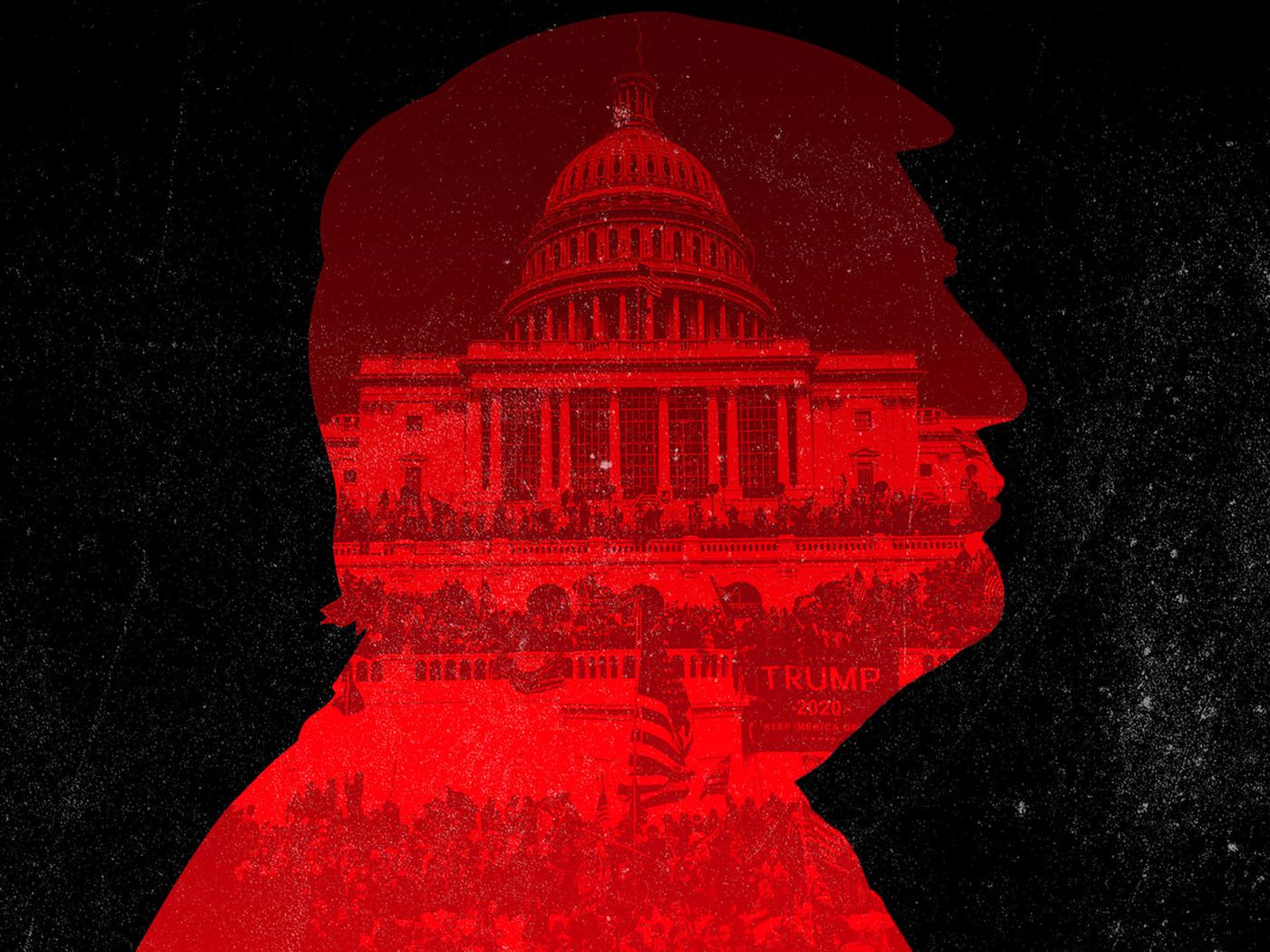
Strong democratic institutions were not created from the standpoint of governments being comprised of moral representatives focused on only the collective good. If our elected officials were always noble there would be no justification to implement a system of checks and balances. The Founding Fathers acknowledged this fact which is why they created a framework to guard the foundations of the country from crooked leaders. Thankfully, in our two hundred and forty-four years, the country has not experienced a significant amount of anti-democratic leaders which is why the Trump presidency shook the political sphere. Donald Trump was the first president to turn his back on the people of the United States as he attempted to overturn the results of the 2020 election. His forsaking of the will of the people served as a direct conspiracy to defraud the United States. This crime was listed as one of the potential charges against Trump, by the January 6th Select Committee. The fact that a former U.S. president is facing accusations is nothing less than historic. In regards to the law, an individual “defrauds” the government when they “interfere[s] with or obstruct[s] one of its lawful governmental functions by deceit, craft or trickery, or at least by means that are dishonest” (Title 18 U.S.C. § 371). It is my belief that he did in fact engage in this type of unlawful conduct. In “How to Lose a Constitutional Democracy,” Aziz Huq & Tom Ginsburg recognize the centralization and politicization of executive power as an element contributing to democratic erosion. Following his loss in the 2020 election, this is the exact tactic Trump maneuvered in his attempt to declare himself the winner through the bureaucratic and judicial process. Thankfully, the Supreme Court had enough sense to reject his election challenge cases. Now, the logic for my argument is centered around the fact that former President Donald Trump, John Eastman, and other figures agreed amongst themselves to defraud the United States through their attempts to obstruct the election certification process, spread self-serving doubt about democracy through lies of election fraud, and through attempting to influence state officials to repeal reality by altering state election results. Furthermore, Trump and Eastman engaged in a collaborative effort to convince former Vice President Mike Pence to exploit his role in the election certification process by rejecting certified electoral slates and/or delaying the process by sending the count back to states. The former President would even employ numerous public statements to create additional pressure on Pence to rebuke the certification. Aside from the legal effort to delay the certification, evidence also exists for the conspiracy to have included the domestic terrorists who engaged in the January 6th Capitol attack. During a civil case filed against Trump by several members of Congress, Judge Amit Mehta of the District of Columbia found it plausible to believe that the former President entered into a conspiracy with the rioters on January 6th, “to disrupt the Certification of the Electoral College vote through force, intimidation, or threats.” Thompson v. Trump, (D.D.C. Feb. 18, 2022). These Trumpites did not appear out of thin air. They were sent to the Capitol by the former President who used disinformation as a means of overriding democracy. In “The Disinformation Age: A Revolution in Propaganda” by The Guardian, it was recognized that more information was originally supposed to cultivate more understanding across different groups, but instead, it has given subversion more opportunity. This subversion is exactly what occurred which is why Judge Mehta felt compelled enough to highlight the broadness of conspiracy that was at play. In short, Trump and his allies engaged in a large-scale effort to convince the general public, state officials, members of Congress, and Vice President Pence that the 2020 election had been “stolen” from him by Joe Biden. Former President Trump continued his pursuit despite repeated confirmations from countless sources that no evidence of widespread election fraud was present. Furthermore, on November 12, 2020, the Cybersecurity and Infrastructure Security Agency (CISA) issued a collaborative statement with election security agencies stating: “There is no evidence that any voting system deleted or lost votes, changed votes, or was in any way compromised.” In December, even Attorney General Barr publicly announced that there was no widespread election fraud. By the time January 6th occurred, more than sixty court cases claiming election fraud by Trump had been rejected by the courts. Moreover, on multiple occasions, acting Attorney General Rosen and acting Deputy Attorney General Donoghue stated to former President Trump personally that the Department of Justice and Federal Bureau of Investigation had found no evidence to match the claims of a hijacked election. Brad Raffensperger, the Georgia Secretary of State Brad, rejected the President’s allegations of election fraud in Georgia. Despite his claims being refuted and lacking any evidence to support his testimony, Donald Trump continued to publicly promote the belief that the 2020 election was corrupted by extensive voter fraud. When leaders do not commit to the peaceful transfer of power it puts the foundations of our institutions in grave danger. Thankfully, the American people are smart and are capable of discerning fact from fiction.

0 Comments